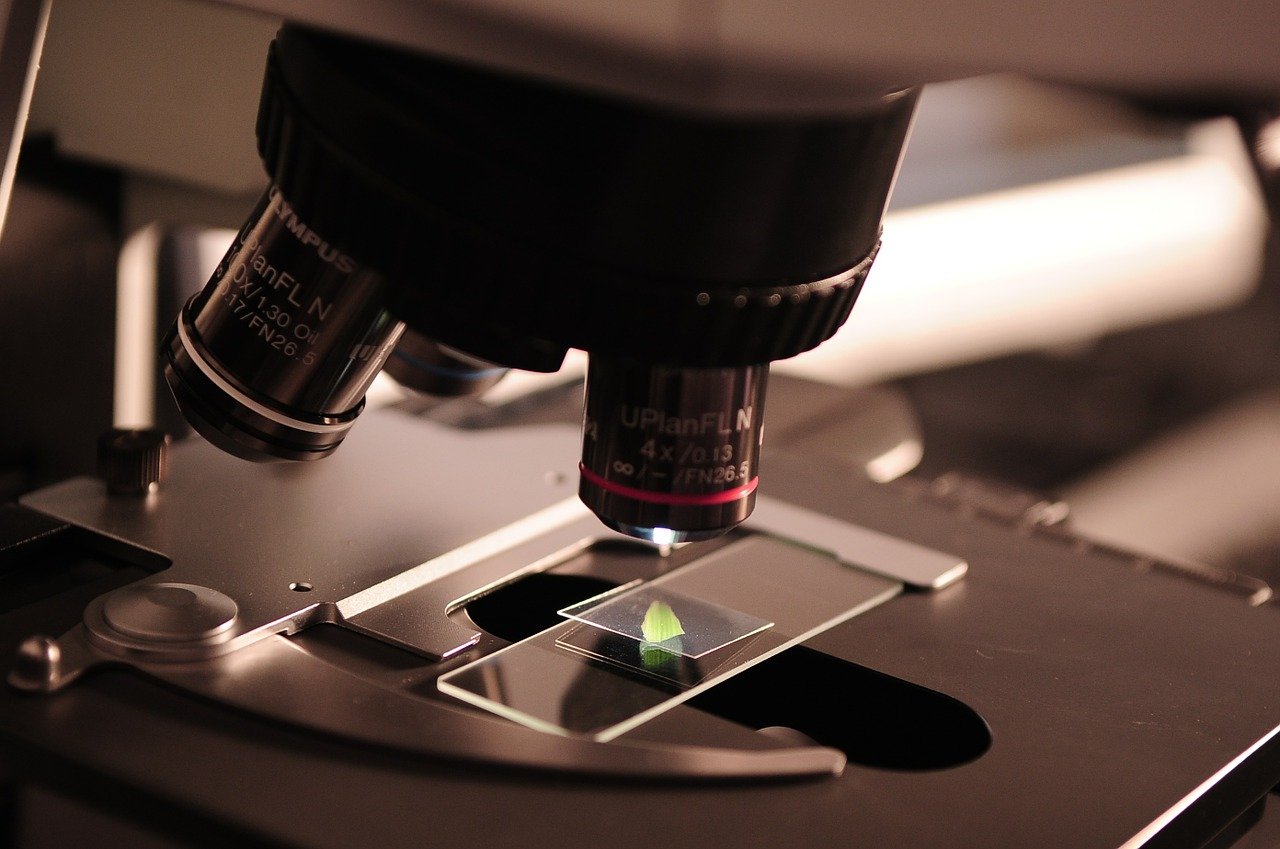Researchers in a collaborative effort are working on a new possible option for combating citrus greening.
A collaborative research project between the Gupta laboratory, the New Mexico Consortium (NMC), and the Stover laboratory at the USDA/ARS is focused on investigating a new possible option for combating citrus greening. The research focuses on the interactions of proteins between citrus trees and the Candidatus Liberibacter asiaticus (CLas) bacteria, according to a Citrus Industry article. Explore the details below.
Proteins Combating Citrus Greening
According to the article, the research for the new possible option for combating citrus greening concerns “the two putative virulence proteins of Candidatus Liberibacter asiaticus (CLas) that are transmitted by psyllid vectors and causes HLB disease.”
“The immune response of plants includes proteins that seek out and kill pathogenic microorganisms. However, some bacteria remain toxic because they have evolved the ability to block these plant defenses. In this study, we used computer simulations to design a mimic of lipid transfer protein that is conserved in many plants, including citrus, and have shown that the mimic rescues bactericidal activity of the lipid transfer protein,” Loan Huynh, a senior research scientist at the New Mexico Consortium and Trait Biosciences, said in the article.
Supratim Basu, a staff scientist with Washington University and a consulting scientist with the NMC, said in the article, “The identification of citrus targets like lipid transfer protein will pave the way for HLB disease therapy by using the protein not only as a bactericidal but also as an immune stimulator.”
Guixia Hao, a research scientist with the USDA/ARS, added, “This research demonstrated the important role of two CLas effectors and identified their targets. We can exploit these targets, especially lipid transfer protein, to enhance citrus resistance to bacterial infection. This finding is important to develop novel strategies to control citrus HLB.”

